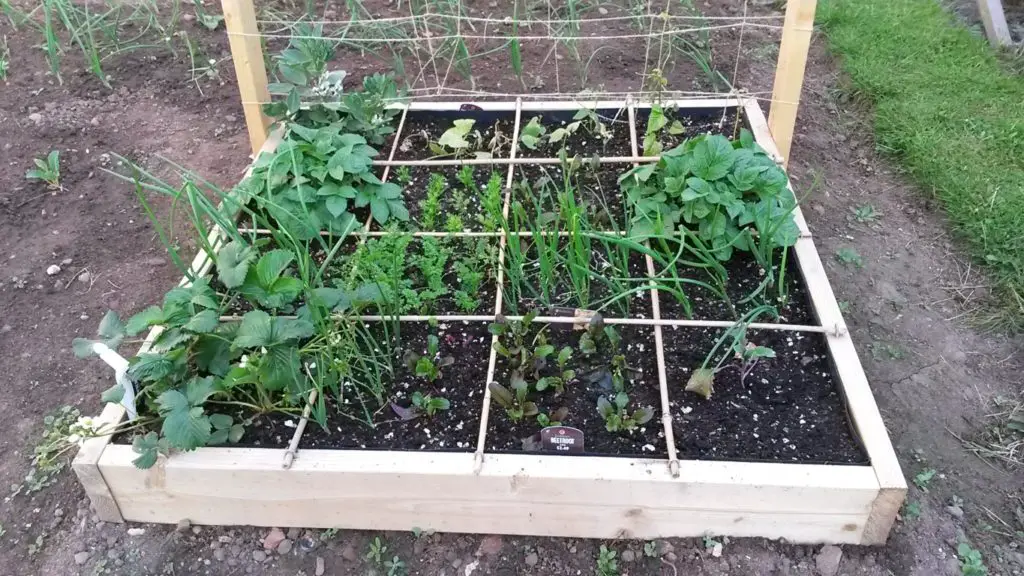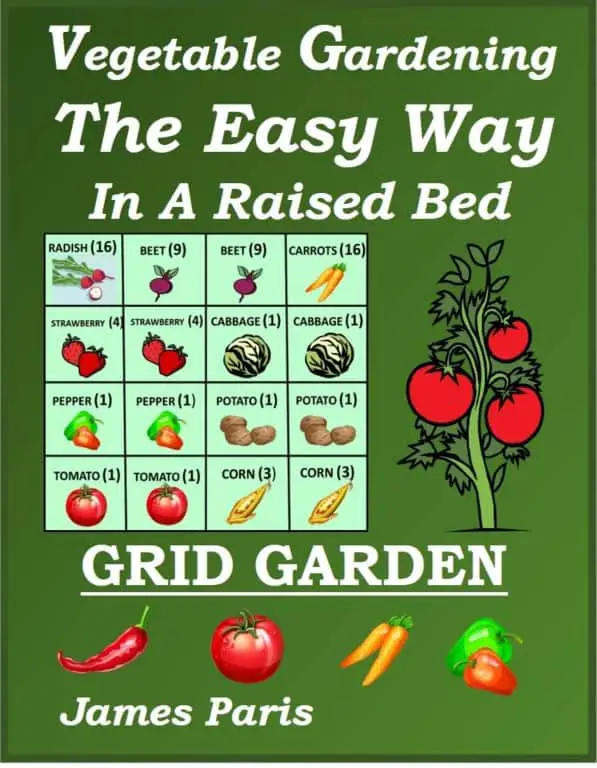
Composting Mix For Square Foot Gardening Vegetables
The correct composting material is essential if you want to get the best results out of your SFG, or for that matter any Raised Bed Garden . This is particularly the case if you want to restrict the use of chemical fertilizers in your growing practices.
. This is particularly the case if you want to restrict the use of chemical fertilizers in your growing practices.
Of course the Mel Bartholomew recipe for SFG is well known – 1/3 Vermiculite , 1/3 Peat moss, 1/3 compost – and has proven itself to be very effective. However don’t let this put you off mixing your own ‘magic mix’ for your SFG.
, 1/3 Peat moss, 1/3 compost – and has proven itself to be very effective. However don’t let this put you off mixing your own ‘magic mix’ for your SFG.
For instance Vermiculite helps keep soil light, allows for good airflow, and absorbs and retains water – thus it makes a great addition to any SFG mix.
However this can be quite expensive if you have more than one SFG planned and I have substituted this with the cheaper Perlite, with no ill effects that I could notice.
I would also add that provided you have a good mix of organic material in your compost, it is possible to either of the two and still have healthy crops.
in your compost, it is possible to either of the two and still have healthy crops.
Likewise many folks of a more environmental persuasion are uncomfortable with using Peat Moss in their mix, as this is in their mind, just another attack on the eco-system.
Peat Moss is a non-sustainable product that takes centuries to develop and its extraction irretrievably harms the environment by releasing greenhouse gases into the air.
So is it absolutely essential to use Peat Moss in your SFG or indeed other no-dig garden methods? The short answer is no it is not, and it is possible to substitute peat moss with more sustainable products such as coconut coir dust which helps soil absorb and retain moisture in much the same way that peat does.
This product is produced from the waste product of the coconut plant – the hairy husk or outer coating of the nut itself – making it a sustainable alternative to peat moss.
Will Vegetables Grow In a Pure Compost Mix?
Short answer – Absolutely! Nitrogen hungry vegetables such as Zucchini (eggplant) will grow amazingly well in a compost heap. As a note of caution however, many root vegetables such as carrots , parsnips, potatoes and others will tend to go very ‘leafy’ with little in the way of tubers, if the nitrogen levels are too high.
, parsnips, potatoes and others will tend to go very ‘leafy’ with little in the way of tubers, if the nitrogen levels are too high.
Cabbages also tend to burst into life with lots of leaves when the nitrogen levels are high, but little heart to the cabbage, the same is true for cauliflower and broccoli plants
Generally though, unless your compost has been through a riddle to sort out the rough from the smooth; the ‘pure’ compost can be a little untidy and unmanageable for some veggies that grow better in a more compact (not compressed) growing medium.
It is also true that good compost is usually at a premium as it takes some time to develop, and so the other additions also help maximize your distribution capabilities as well as ventilation and drainage – both essential ingredients for the successful vegetable garden
is usually at a premium as it takes some time to develop, and so the other additions also help maximize your distribution capabilities as well as ventilation and drainage – both essential ingredients for the successful vegetable garden .
.
The pure compost may also be a little strong depending on what its makeup has been, and so adding other material has the effect of diluting the mix.
Apart from the mixes already mentioned, here are some mixes for my SFG and Raised Beds that I have had great success with.
Mix 1: 60% compost, 20% washed sand, 20% peat moss.
Mix 2: 40% compost, 20% fish meal, 30% coconut coir and 10% good topsoil.
Mix 3: 50% compost, 20% vermiculite (or perlite), 30% peat moss.
Mix 4: 50% compost, 30% peat moss, 20% quality topsoil.
Mix 5: 40% compost, 40% peat moss, 20% vermiculite.
Bottom Line – Give the plants what they want with regard to light, nutrients, water , air and temperature – and they will delight you by producing excellent vegetables.
Compost Volumes for a 4 x 4 Square Foot Garden
The actual volume of material required of course depends on the depth of the SFG, however this is a simple calculation. Every 6 inches in depth for your 4 x 4 SFG requires 8 cubic feet of mix.
This means that if your Square Foot Garden is the traditional 6 inches deep then 8 cubic feet of mix will fill it to the top. 12 inches deep means 16 cubic feet and so on.



